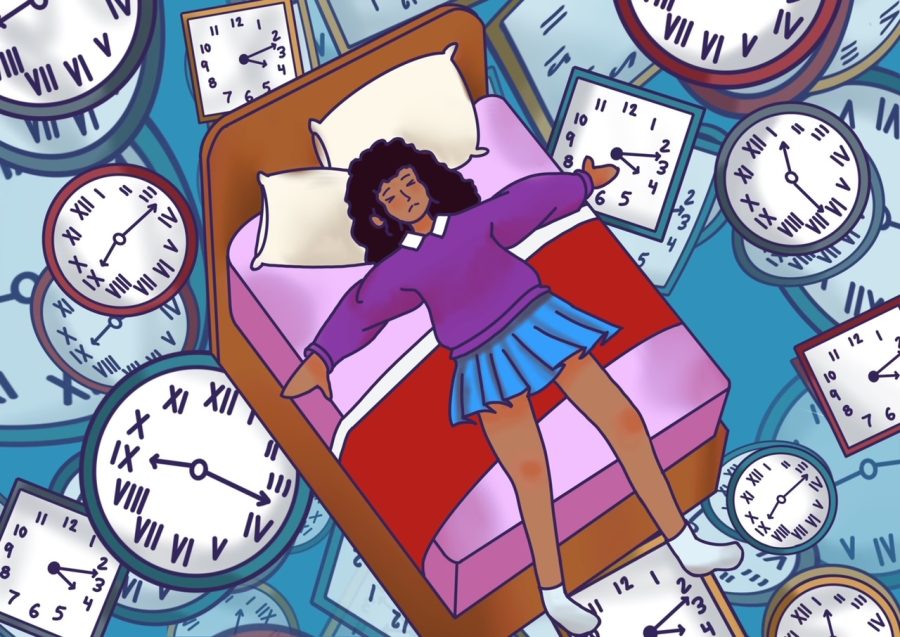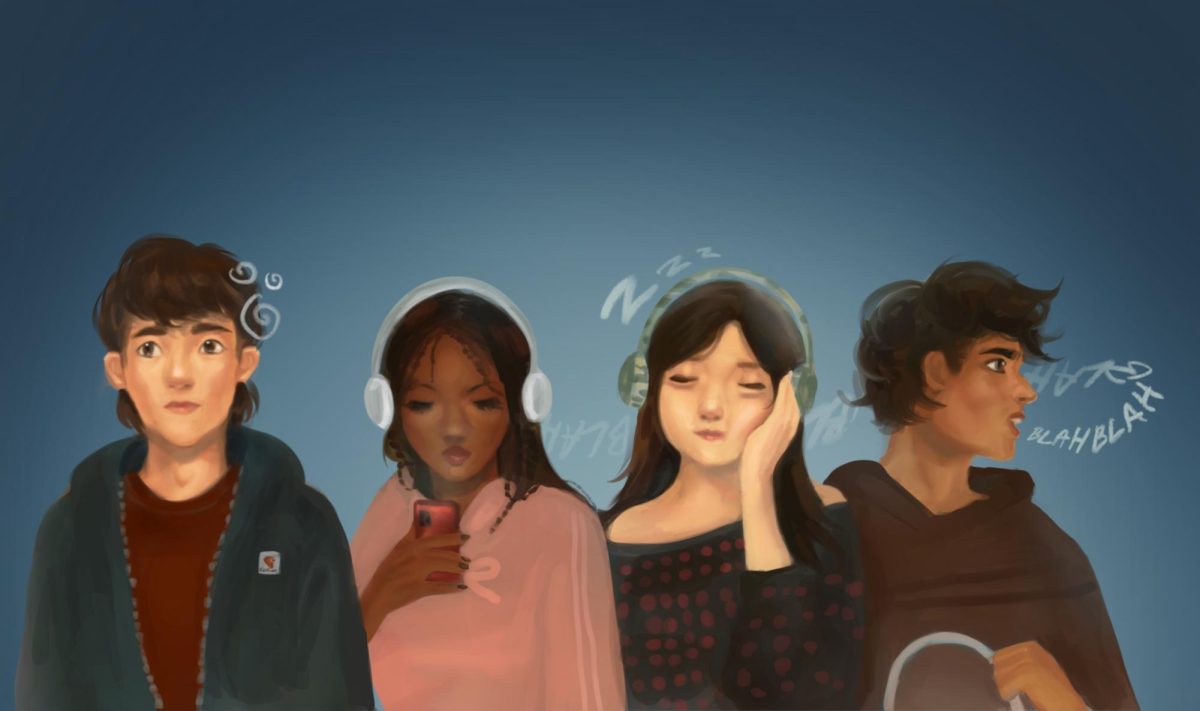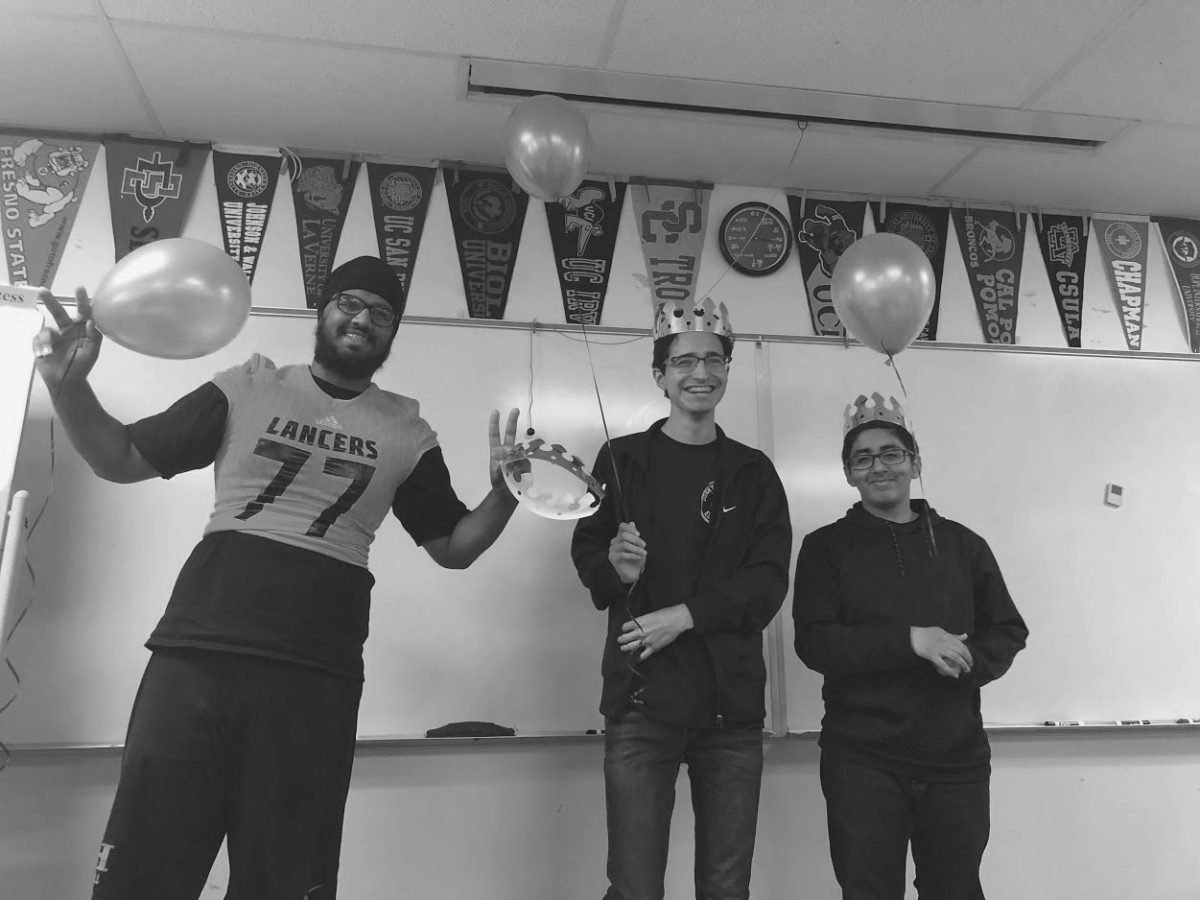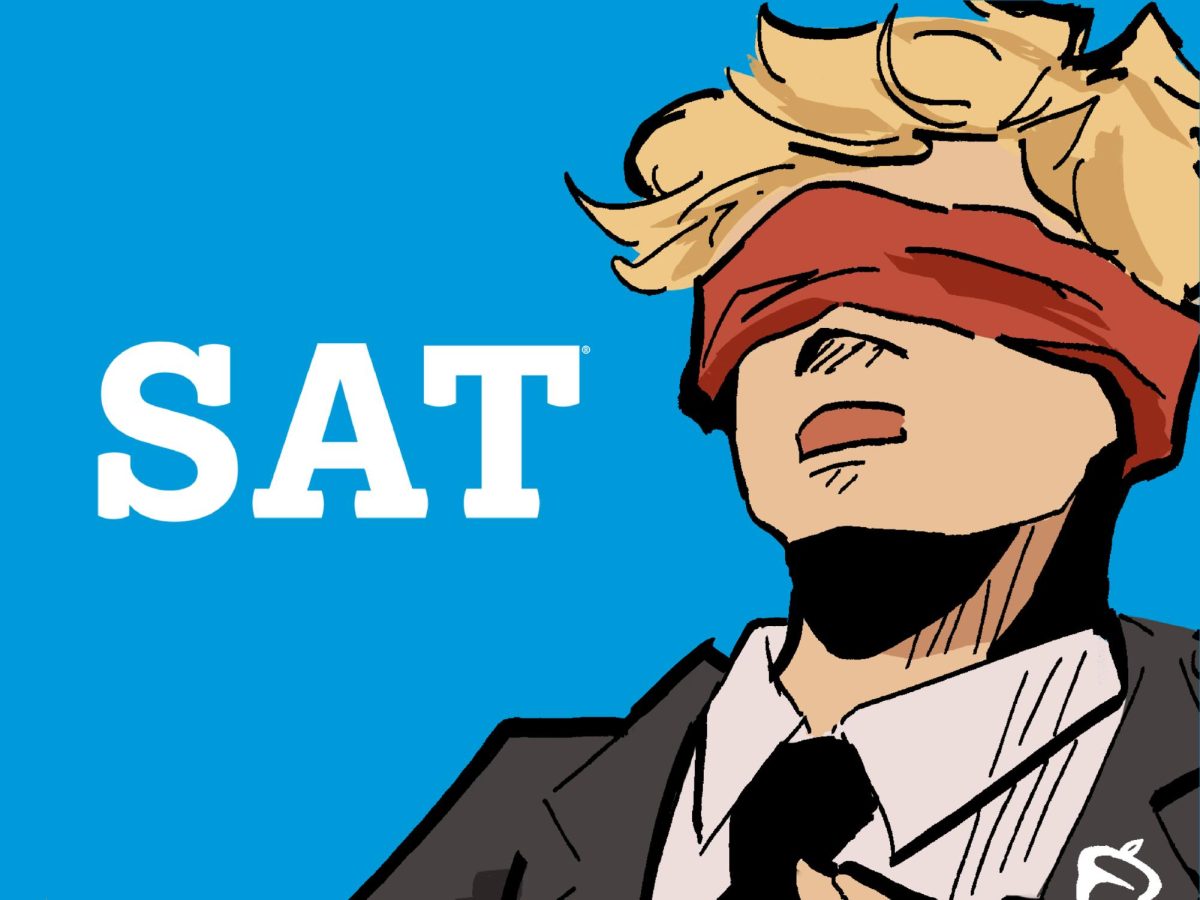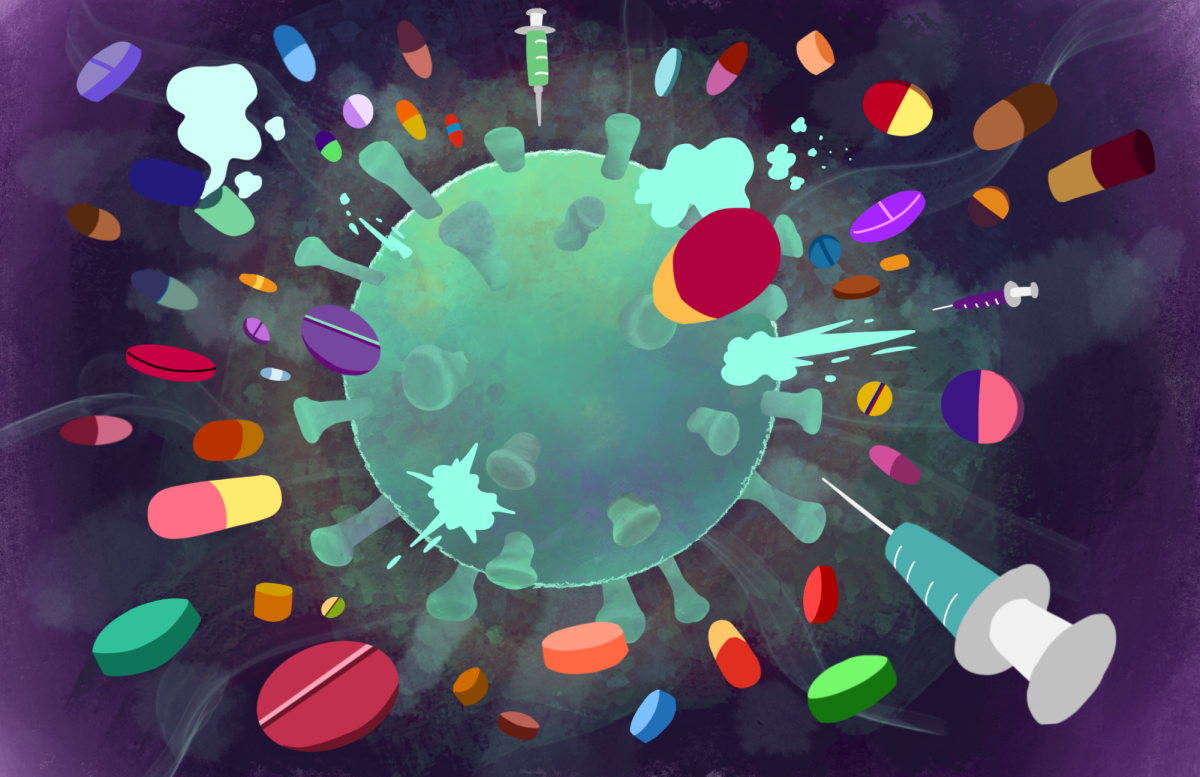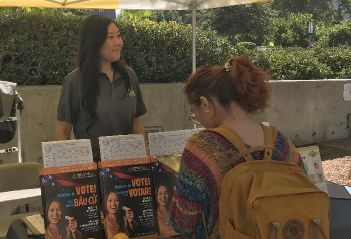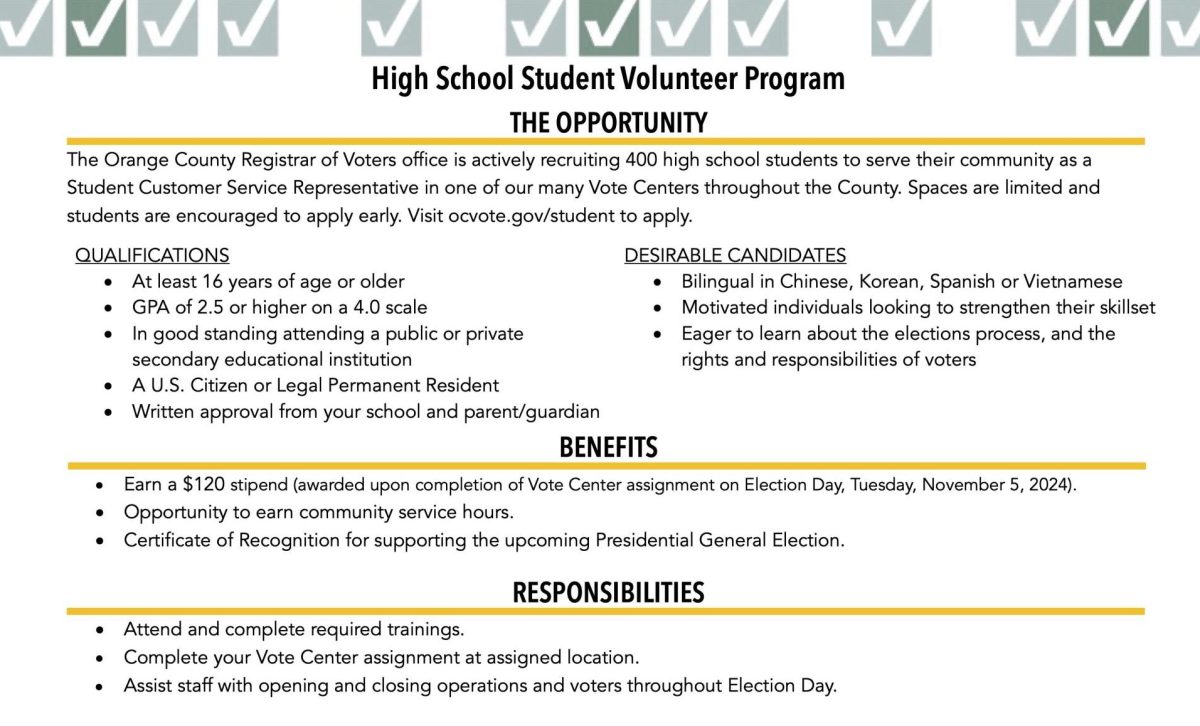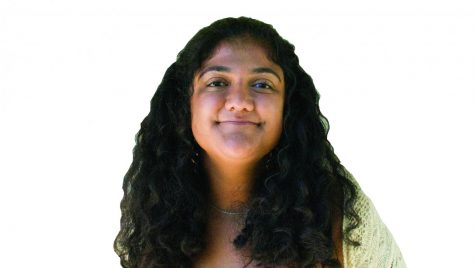“The media is feeding you lies to keep you scared.”
“People your age have such a small chance of getting it, and even if you do, it’ll be mild at worst.”
Almost two full years after the COVID-19 pandemic shutdowns first began rolling through the nation, our understanding of what this illness is and how it affects us has changed dramatically.
“Does wearing masks in public reduce rates of infection? Do vaccines cause irreparable damage to our bodies? Can I still test positive for coronavirus without showing any symptoms?”
These are just a few of the many questions that have been racing through my mind as I found ways to cope with this new reality.
However, since March 2020, one message, delivered by numerous institutions including the Center For Disease Control and Prevention [CDC], remains constant: children and teenagers are less likely develop serious illnesses as a result of COVID-19.
Yet, on the day before the start of the new year — as I finally realized how truly physically and mentally detrimental this virus can be for us students — staring at the positive PCR COVID-19 result on my phone jolted my state of mind.
A few days prior, I had visited my best friend, who had just informed me that she had just tested positive for COVID-19. Though I initially felt certain that I could not be infected, my parents took me to get tested at my primary care hospital.
The hours following the moment I received my positive test result were defined by an innate sense of fear: fear for my own health, which I knew would quickly deteriorate as the 100 degree fever and strep throat hit me, and for my grades, which inevitably would suffer as a result of missing the first week of the new semester.
My concerns were far from unique as many of my closest friends found themselves in the same position as me — forced to deal with the realities of testing positive.
Over the course of the next week from Dec. 30 to Jan. 6, I completely isolated myself from my family; I did not leave my room, no matter the reason and spent a total of 168 hours alone. Most days, I lacked the energy to even leave my bed anything more than to use the restroom and take my antibiotics.
During this time, I had little else to do but mindlessly scroll through my phone in hopes that it would distract me from the fact that I had not eaten solid food in days, my symptoms making it incredibly painful to do so.
Now, I am the first to admit that I was incredibly privileged in that I had a room to myself in which I could quarantine, and my parents took excellent care of me, leaving me mugs of ginger tea outside my door and checking on me constantly. Not everyone can confidently say the same: a reality that makes testing positive for COVID-19 that much more horrifying.
This uptick in cases among the student population is a rapidly increasing problem with the United States having a record-high 64% increase in the number of cases among children in just the last week of December alone, according to data from the Center for Disease Control and Prevention.
According to the CDC, while teens are less likely to die from this disease, research proves that younger people are not exempt from being infected with this illness, a fact that must warrant increased vigilance and safety measures.
In addition to all the terrible aspects of testing positive for COVID-19, the transition to returning back to school is incredibly difficult.
Unlike during hybrid learning, when teachers conducted their classes through Zoom, I did not have access to any of my class lectures during the week of my absence.
Having missed the entire first week of the semester, I felt myself drowning in makeup assignments and lecture notes upon my return.
The first few days after I returned were especially hellish, as I had to juggle my makeup work and homework assignments. While I only missed one week of school, the makeup assignments and quizzes took the next two weeks to catch up on.
So in the end, one takeaway for my fellow classmates is this: COVID-19 is a blight you do not want to have to deal with — take the proper precautions and wear your masks.


